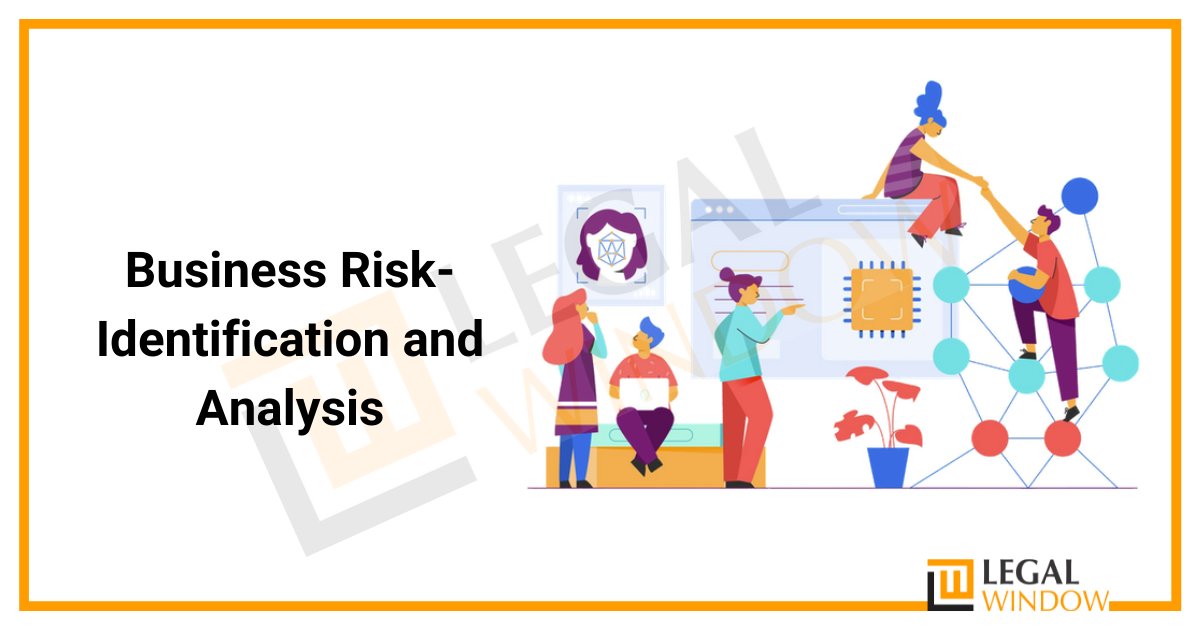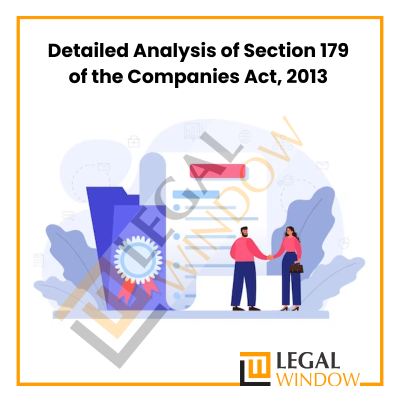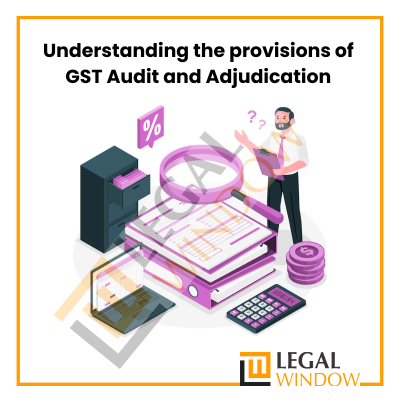Introduction
Business risk refers to a company’s or organization’s susceptibility to circumstances that might lower its profitability or lead it to fail. Business risk is defined as anything that jeopardises a company’s capacity to accomplish its financial objectives. Sometimes a company’s direction or management creates conditions in which the company is exposed to a higher level of risk.
The risk’s origin, on the other hand, is not always under a company’s control. As a result, it is difficult for a company to protect itself from danger. Nonetheless, it appears that there are ways to lower the total risks of running a firm; most organisations do so by adopting a risk management plan.
“Business risks” relate to the threat of a commercial firm producing insufficient profits or losses as a consequence of uncertainties such as changing tastes, changing consumer preferences, strikes, increasing competition, changes in government policy, obsolescence, and so on. When conducting business, any corporate organisation is exposed to a number of risk variables. Business risk is defined as the uncertainty of earnings or the prospect of loss, as well as incidences that may represent a risk in the future owing to unanticipated circumstances that cause the firm to fail.
| Table of Contents |
The Dimensions of Business Risk
Below given are some of the features or nature of business risk:
- Business risk emerges as a result of uncertainty. Uncertainty occurs when it is unknown what will occur in the future. Uncertainties that influence a firm include changes in government policy, changes in demand, changes in technology, and so on.
- Risk is an integral component of the business. A business’s risk can be decreased to some extent, but it is not feasible to eliminate the risk.
- All firm faces risks that range in intensity regardless of the type of business. A huge organisation or firm, for example, will bear greater risk than a small size business.
- Businesses take risks with the intent or expectation of profiting.
Types of Business Risks
- Strategic Danger: If an enterprise fails to put its business strategy or plan into action, it exposes itself to strategic risk. When it fails to follow its business plan, its approach becomes less successful over time, and it may struggle to meet its objectives.
- Risk of Non-Compliance: Compliance risk is the name given to the second type of business risk. Compliance risk is more prevalent in tightly controlled businesses and areas. It refers to a company’s possible exposure to penalities, financial forfeiture, and substantial loss as a result of failing to follow industry rules and regulations, internal policies, or recommended best practices. It is even referred to as integrity risk.
- Operational Threat: Operational risk is the third form of company risk. This risk originates from within the firm, particularly when a company’s day-to-day operations fail to function.
- Threat to One’s Reputation: When a goodwill of a corporation is injured, whether, by an incident caused by a previous business risk or by a separate occurrence, it risks losing clients and causing brand loyalty to deteriorate. HSBC’s image suffered as a result of the punishment imposed for weak anti-money laundering policies.
- Cyber Risk: Energy loss is the most prevalent technology danger. Auxiliary power generators powered by gas provide a dependable backup system for illumination and other functions. Manufacturing enterprises employ multiple large backup generators to keep production running until mains power is restored.Backup batteries with a large capacity can keep computers functioning. Surges can happen during a thunderstorm (or at random), thus enterprises must equip essential business systems with surge protection devices to prevent document loss and equipment destruction. Critical infrastructure protection mechanisms
Factors of Business Risk
Some of the causes of business risk are as follows:
- Natural causes: Natural disasters such as earthquakes, tsunamis, thunderstorms, starvation, floods, and drought are examples of natural sources of business risk. Mankind and enterprises have little command over natural events, and there is no way to prepare for such a business risk.
- Human Causes: Human causes of business risk include the loss of business as a result of changes in client preferences, employee mentality, worker unrest, employee negligence, strikes, and lockouts.
- Economic Reasons: Economic causes of company risk result from changes in various economic elements such as increased competition, changing market circumstances, increases in raw material prices, manufacturing costs, and salaries.
Identifying Business Risk
Business implies various perils. A portion of these potential perils can possibly cut an organization down, while others might cause huge mischief that is exorbitant and tedious to fix. In any case the dangers related with working together, CEOs and hazard the executives officials might expect and get ready for them, paying little mind to the size of their association.
At the point when a danger appears, a good to go organization can lessen the effect on incomes, lost time, diminished usefulness, and negative shopper sway. The capacity to perceive chances is a pivotal part of vital business getting ready for the two new companies and set up organizations. Dangers are distinguished utilizing various methodologies. Distinguishing proof methodologies for these perils depend on an itemized evaluation of an organization’s specific business movement. Most firms face preventable, vital, and outer dangers that can be moderated by tolerating, moving, bringing down, or dispensing with them.
Managing Business Risk
Every setting and enterprise has some level of risk that could not be avoided and must be tackled head-on in order to mitigate their impact. The first stage in risk management is to identify the hazards so that a risk management plan can be developed. It further includes the following steps-
- Examine the potential causes of issues: It is critical to identify and understand the causes of an issue. Internal or external risk triggers might exist.
- Take action immediately: Directors shouldn’t allow for prospective issues to become underlying issues before they start doing anything. When an issue is identified as a danger, the firm’s leaders must respond quickly to devise a plan of action in the event that the risk becomes a full-fledged worry for the organisation.
- Involvement of Employees: Identifying hazards is not just the job of managers and top-level authorities. Management should include their staff in detecting hazards in their areas and training them to handle such risks at their level.
- Make a list of dangers relevant to your sector: Managers will be able to detect potential threats to the firm by researching the industry in which it works. If the same hazards occur in other firms in the same industry, there is a good possibility that they will also occur in your organisation. As a result, companies should be prepared with a list of remedies or procedures to manage the risks.
- Make a list of potential hazards: The same hazards might reoccur from time to time. By keeping a record of all the risks that the firm has faced from its inception, management will be able to conduct frequent reviews of past occurrences in order to find trends that could best equip the organisation for future dangers.
Conclusion
It should come as no surprise that starting a new business or running a corporation involves some amount of risk. “Business risk,” on the other hand, relates to something that might threaten a firm’s financial performance or result in bankruptcy. It might come from a variety of sources, both internal and external, therefore it’s vital to identify where and how your company is most vulnerable to such attacks.
The identification and analysis of the risk will aid the business to flourish in long run by preventing the threats in time.
CA Pulkit Goyal, is a fellow member of the Institute of Chartered Accountants of India (ICAI) having 10 years of experience in the profession of Chartered Accountancy and thorough understanding of the corporate as well as non-corporate entities taxation system. His core area of practice is foreign company taxation which has given him an edge in analytical thinking & executing assignments with a unique perspective. He has worked as a consultant with professionally managed corporates. He has experience of writing in different areas and keep at pace with the latest changes and analyze the different implications of various provisions of the act.
Categories
- Agreement Drafting (23)
- Annual Compliance (11)
- Change in Business (36)
- Company Law (148)
- Compliance (89)
- Digital Banking (3)
- Drug License (3)
- FEMA (17)
- Finance Company (42)
- Foreign Taxation (6)
- FSSAI License/Registration (14)
- GST (118)
- Hallmark Registration (1)
- Income Tax (199)
- Latest News (34)
- Miscellaneous (164)
- NBFC Registration (8)
- NGO (14)
- SEBI Registration (6)
- Section 8 Company (7)
- Start and manage a business (20)
- Startup/ Registration (126)
- Trademark Registration/IPR (40)
Recent Posts
- Detailed Analysis of Section 179 of the Companies Act, 2013 April 24, 2024
- Maximise Your Tax Savings: Power of Form 12BB April 23, 2024
- Cryptocurrency startups and Regulatory compliance April 22, 2024
About us
LegalWindow.in is a professional technology driven platform of multidisciplined experts like CA/CS/Lawyers spanning with an aim to provide concrete solution to individuals, start-ups and other business organisation by maximising their growth at an affordable cost.









